Managing Irrigation
Water is necessary for plant growth and properly managed irrigation can help maintain your lawn’shealth. However, Suffolk County’s Healthy Lawns Clean Water website states that watering your lawn in excess of what it needs can harm the environment and the plants themselves.
Water and Your Lawn
Long Island receives an average of 3-5 inches of rainfall a month during the growing season1 and according to Cornell Cooperative Extension, Long Island lawns generally only need 1-2 inches of water per week.2 Consequently, most lawns will need little to no irrigation.
Watering in excess of the soil’s infiltration rate can lead to grass diseases, such as root rot, and accelerated weed growth. Irrigation that exceeds uptake by plants and microbes increases the movement of nutrients like nitrogen and other contaminants into groundwater and surface waters.3 A sure sign of overwatering is water pooling on flat lawn surfaces.
If irrigation is desired, the amount and frequency will vary based on grass species, temperature, soil type, humidity, time of year, hours of sun exposure, and other factors.3 Additionally, irrigation methods themselves can influence how turf grows. Cornell Cooperative Extension recommends deep, thorough watering once, or at most twice, per week to encourage extensive root growth for more efficient water and nutrient capture and a healthy lawn.3
Nutrients and Irrigation
Rain water and irrigation move nutrients into the soil and root zone to make them available for uptake while the plant is growing.4 During periods of slow turf growth, nutrients are taken up more slowly and leaching to groundwater is more likely.5 Those times include in the early spring and late fall when soil temperatures are too cool for plant growth and microbial activity, as well as mid-summer when drought causes plants to go dormant. While fertilizing is not recommended during those times, reduced irrigation will also help reduce nutrient leaching.5
1 Northeast Regional Climate Center - http://www.nrcc.cornell.edu/regional/climatenorms/climatenorms.html
2 “Watering Lawns” Cornell Cooperative Extension of Nassau County, http://ccenassau.org/resources/-watering-lawns
3 “Watering.” Healthy Lawns, Clean Water Website. Suffolk County Department of Economic Development and Planning, Division of Water Quality Improvement, http://healthylawns.suffolkcountyny.gov/lawn/watering.htm
4 New England Interstate Water Pollution Control Commission Final Report to the New England and New York State Environmental Agency Commissioners Regional Clean Water Guidelines for Fertilization of Urban Turf, January 2014
5 Portmess, R., Petrovic, A.M. Nitrogen Fertilizer Management of Turfgrass in Suffolk County, Cornell University, College of Agriculture and Life Sciences. Available at: http://healthylawns.suffolkcountyny.gov/bmps/FinalReport_Edited_01_19_11.pdf
KEY POINTS
Careful irrigation is important to protect Long Island’s water.
Don’t overwater. Pay attention to theamount of rain your area has received before watering.
If you have an irrigation system in place, ensure it is properly set up to avoid over watering.
Nutrient leaching occurs frequently during periods of slow turf growth. During these times, reduced irrigation can help limit leaching.
For more information, or to sign-up for email updates from NYSDEC, visit this website: www.dec.ny.gov
How You Can Irrigate to Enhance Your Lawn and Protect the Environment?
Ensure the system includes a rain sensor, soil moisture sensor, or evapotranspiration-based controller.
To avoid water loss to evapotranspiration, irrigate only between the hours of 6:00 - 10:00 pm or 4:00 - 8:00am.
Set the system to deliver about an inch of water one or at most two days per week with adjustments made for weather.
Make sure your system is functioning correctly by doing regular maintenance such as checking for leaks.
Abide by any municipal restrictions.
Workgroup Survey Responses
A workgroup of stakeholders was convened by the NYS DEC. The group met and was surveyed by DEC about current fertilizer use and ways to improve proper fertilizer use on Long Island. While there were no specific questions pertaining to watering or irrigation management on the surveys, multiple workgroup meeting participants stressed the importance of irrigation at the right time and in the right amount to reduce nitrogen runoff and leaching. Work group responses areavailable at NYS DEC’s website here:
